It's fitting that students at the University of Washington can catch a glimpse of the new, 135,000 square-foot computer science building in augmented reality before construction is completed.
The university's contractor for the project, Mortenson Construction, has built a mobile app for iOS and Android devices that allow users to view a 3D model of the $105 million CSE2 building while work progresses.
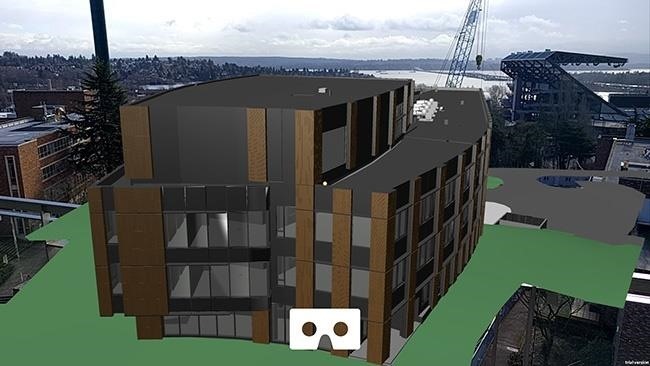

With the Mortenson AR/VR app, students can point their smartphone at the construction site to view a 3D rendering of the building, designed by LMN Architects. The augmented reality experience also works by scanning a downloadable marker, which is available within the app. The building model can be viewed directly on the device's display or through a VR headset.
Once the hologram is accessed, students can walk around the model and view it from various angles. Users can also take a peek at the lobby, workroom, and robotics lab in 360-degree virtual reality.

"A typical campus construction project like CSE2 can last two years or more. This window presents a tremendous opportunity to engage the public and to build excitement around campus. AR and VR represent a vast improvement over traditional public engagement methods like flyers, fencing signage or a website. We are scratching the surface of what's possible," said Marc Kinsman, project lead from Mortenson's in-house technology team, via a blog post.
According to a company spokesperson, the app was built using Unity, with Vuforia integrated for image recognition; the app relies heavily on surveyed markers for use at the building site.
Additionally, Mortenson provided the app to the university as a value-added service for this project. They will do not plan to update the iOS version for ARKit when iOS 11 ships, but they will examine its use should they apply the app to future projects.
Mortenson is also applying augmented reality to their work on construction sites. They lay claim to being one of the first construction firms to work with the DAQRI Smart Helmet. For a hospital project, workers tested an application that enabled them to view mechanical, electrical, and plumbing drawings overlaid on the job site through the helmet's display.
(Post was updated with information from a company spokesperson.)
Just updated your iPhone? You'll find new features for Podcasts, News, Books, and TV, as well as important security improvements and fresh wallpapers. Find out what's new and changed on your iPhone with the iOS 17.5 update.
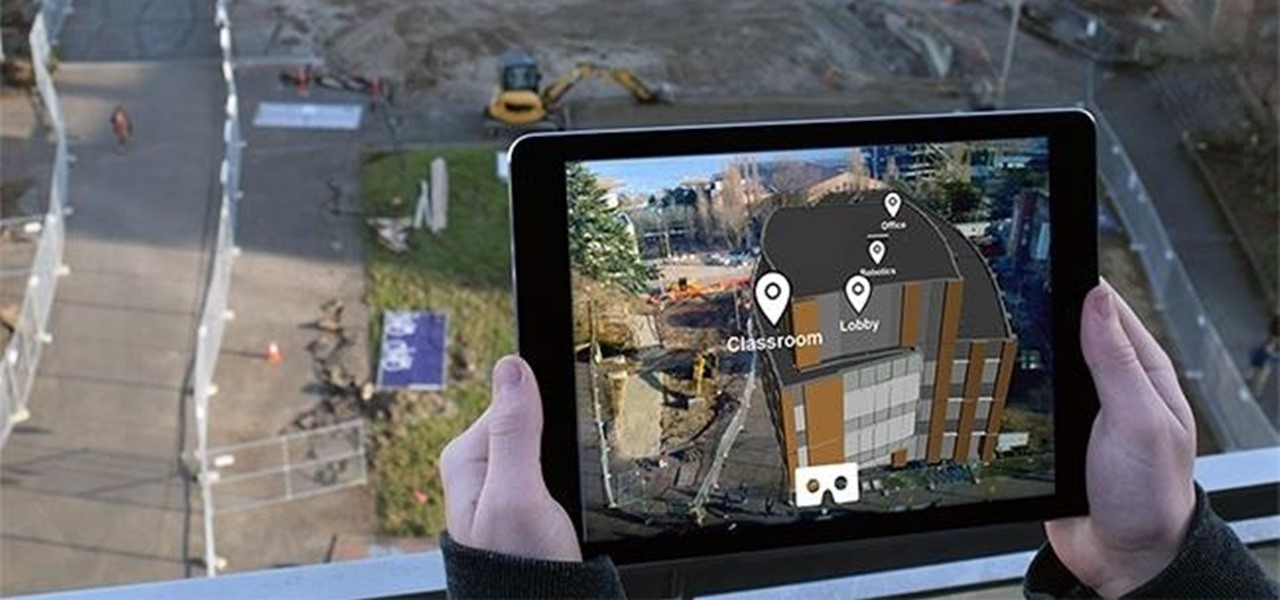


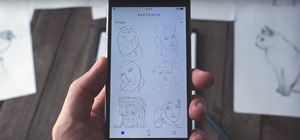
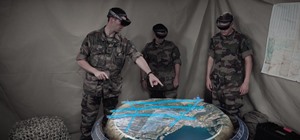
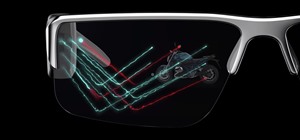


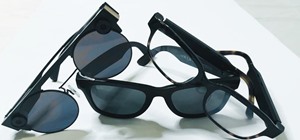
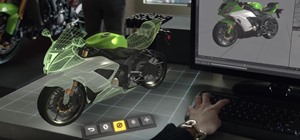


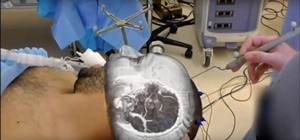
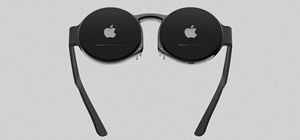

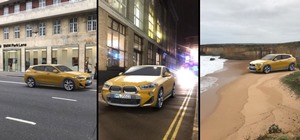

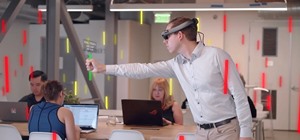


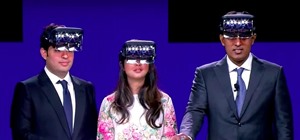


Be the First to Comment
Share Your Thoughts